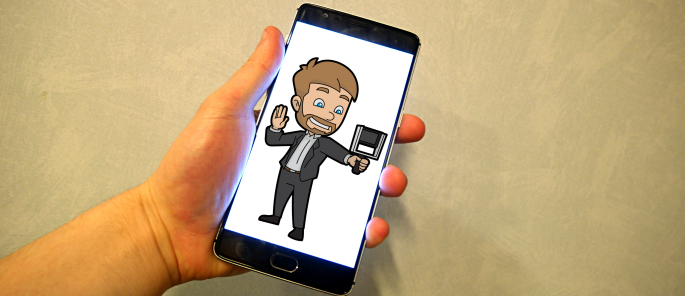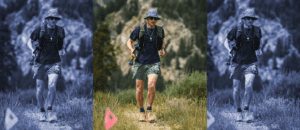The story depends on the storyteller.
For nearly two centuries, the only narrators of the story of Dupuytren have been doctors and therapists. The public face of Dupuytren was limited either to what was easy to describe (measuring finger angles) or to technical details relevant to surgery. It was a narrow tunnel vision about what Dupuytren is, how it affects lives, how it is managed, and research on Dupuytren biology.
This began changing in 1999 when Biospecifics Technology Corporation was developing Collagenase injection for Dupuytren. As part of their program, Biospecifics hosted an open online site called the Dupuytren’s Disease Patient Discussion Forum. Forum topics quickly grew to include those given short shrift by hand surgeons and their publications: early disease, Ledderhose, genetics, Peyronie, non-surgical treatments and increasingly, needle aponeurotomy. People shared their stories. Profound or whimsical, happy or sad, insightful or clueless, posts had two common themes. First, people with Dupuytren needed more compassion, information, and options than they were getting from their doctors. Second, there was a grassroots optimism that by sharing and collaborating, forum members could help change the future of Dupuytren disease. They were right on both counts.
For example, the Dupuytren Research Group owes its existence to members of the Biospecifics forum. I’m a hand surgeon. In 2003, one of my patients suggested I go to Paris to learn the “Paris Technique” (needle aponeurotomy) of treating Dupuytren that she had read about on the forum. I was impressed at the enthusiasm of posts describing fast and trouble-free treatment and recovery. Members of the Biospecifics forum discussed how they had to go to Paris because no one in the US offered this procedure, and their efforts to recruit a US doctor to learn the technique. I couldn’t find anything about the procedure in surgery journals or in any US publication. The turning point for me was an amateur video a forum member sent me of himself having the procedure. These stories were all I had to go on. I went to Paris and learned needle aponeurotomy. Word of this got out on the forum and my practice was inundated with patients seeking this procedure. My practice became a Dupuytren practice. Impressed by stories from my patients showing the gap between what Dupuytren patients needed and what they were offered by doctors, I founded what is now the Dupuytren Research Group, and here we are.
Sharing stories is a powerful force for progress. The Dupuytren narrative is undergoing a course correction, long overdue. Dupuytren impacts people’s lives to a much greater and broader extent than traditional teaching. Waiting for fingers to bend before treating Dupuytren is like waiting for a heart attack before treating cholesterol and blood pressure. It’s time to take off the blinders and work for the goal of a Dupuytren prevention, a cure. The best way to raise awareness is by sharing real stories.
I want to thank all those who submitted stories and videos of their personal struggles with Dupuytren. I’ve put together a video of some of the submissions along with a second video of how this information is directing the course of Dupuytren research for a cure. Sharing stories, raising awareness, and supporting Dupuytren research go hand in hand to change the future of the Dupuytren community. #DupToo
[ale_button url=”http://igfn.us/vf/DUP” style=”light-blue” size=”small” type=”round” target=”_blank”] See shared stories and support Dupuytren Research [/ale_button]
Thanks!
Charles Eaton MD






